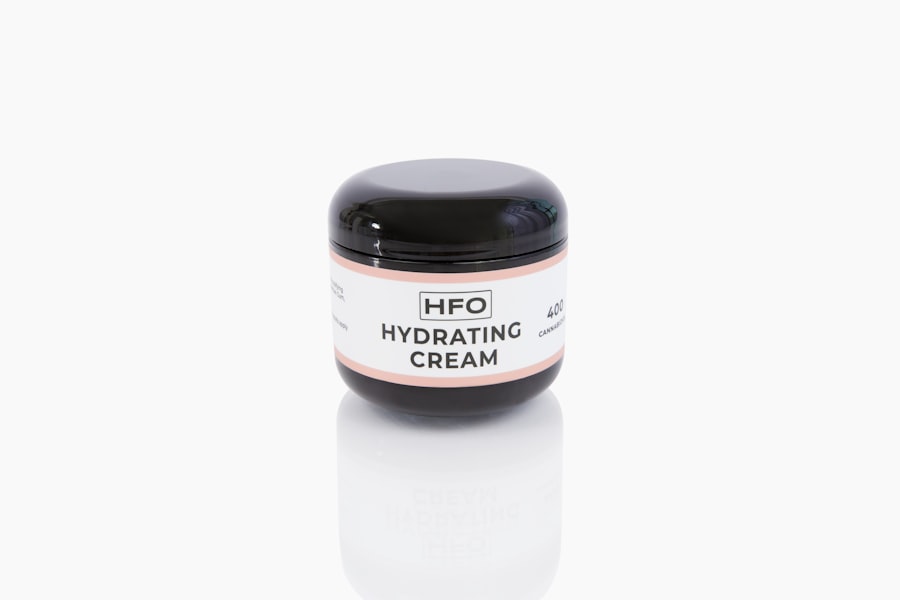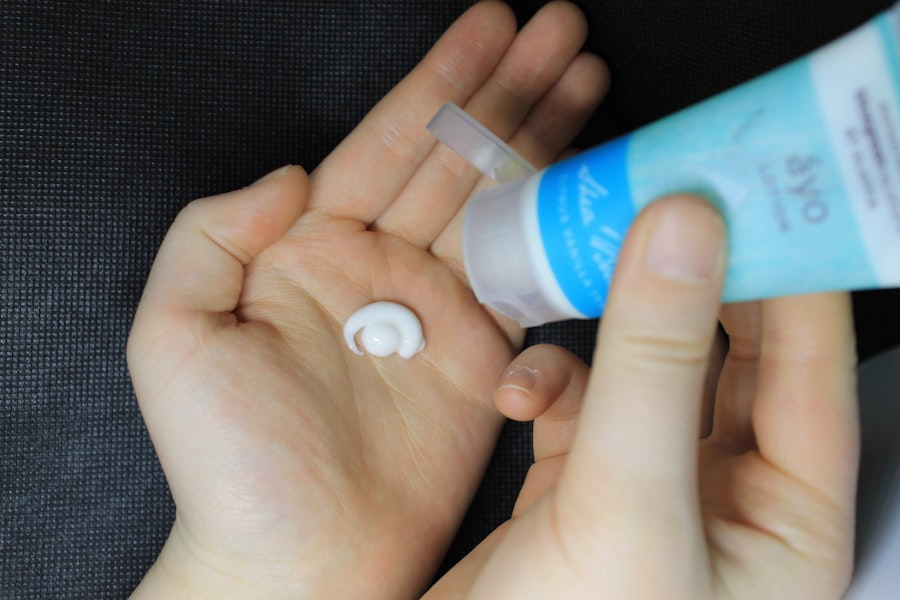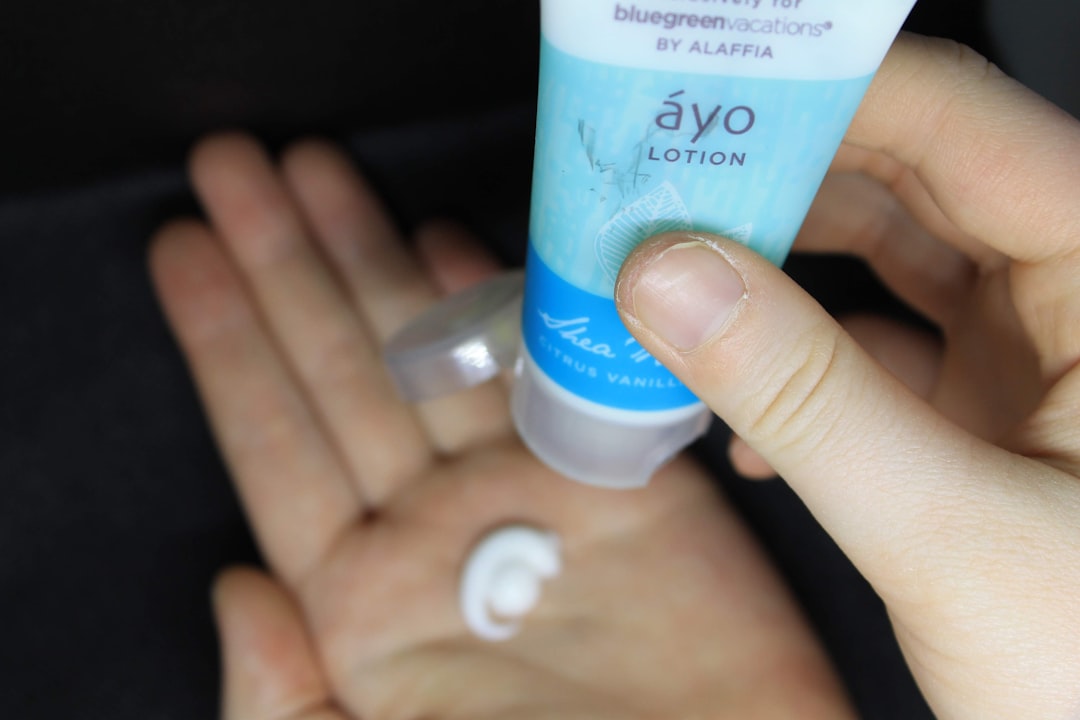Laser hair removal is a popular cosmetic procedure that utilizes concentrated beams of light to target and eliminate unwanted hair. The technology behind this treatment is based on the principle of selective photothermolysis, where the laser energy is absorbed by the pigment in the hair follicles. This process effectively damages the follicles, inhibiting future hair growth while leaving the surrounding skin unharmed.
As you consider this option, it’s essential to understand how it works and what to expect during the treatment. The procedure is typically performed in a clinical setting by trained professionals. During your session, you will wear protective eyewear to shield your eyes from the laser light.
The practitioner will apply a cooling gel or device to your skin to enhance comfort and protect the outer layers of your skin. Depending on the size of the area being treated, each session can last anywhere from a few minutes to over an hour. While many people experience a reduction in hair growth after just a few sessions, complete results often require multiple treatments spaced several weeks apart.
Key Takeaways
- Laser hair removal targets hair follicles with concentrated light to inhibit future hair growth
- Shave the treatment area before the appointment and avoid sun exposure and tanning beds
- Apply soothing creams and cool compresses to alleviate discomfort and redness after treatment
- Avoid sun exposure and use sunscreen to protect the treated area from potential damage
- Follow up with maintenance treatments as recommended by your professional for long-term results
Preparing for Laser Hair Removal
Preparation is key to ensuring a successful laser hair removal experience. Before your appointment, it’s crucial to avoid sun exposure and tanning beds for at least four weeks. This precaution helps minimize the risk of complications and ensures that your skin is in optimal condition for treatment.
Additionally, you should refrain from waxing, plucking, or electrolysis for at least six weeks prior to your session, as these methods can disturb the hair follicles that the laser targets. When you arrive for your appointment, your practitioner will likely conduct a consultation to assess your skin type and hair color. This assessment is vital because different lasers work better on specific hair and skin combinations.
You may also be asked about your medical history and any medications you are currently taking. Being open and honest during this discussion will help your provider tailor the treatment to your individual needs, maximizing its effectiveness.
Post-Treatment Care Instructions

After undergoing laser hair removal, following post-treatment care instructions is essential for achieving the best results and minimizing any potential side effects. Initially, you may notice some redness or swelling in the treated area, similar to a mild sunburn. This reaction is normal and should subside within a few hours to a couple of days.
To soothe your skin, applying a cool compress or aloe vera gel can provide relief and help reduce inflammation. In the days following your treatment, it’s important to keep the area clean and moisturized. Avoid using harsh soaps or exfoliants that could irritate your skin.
Instead, opt for gentle cleansers and fragrance-free moisturizers. Additionally, refrain from engaging in activities that may cause excessive sweating, such as vigorous exercise or hot baths, for at least 24 hours post-treatment. This will help prevent irritation and allow your skin to heal properly.
Managing Discomfort and Side Effects
| Discomfort and Side Effects | Metrics |
|---|---|
| Number of patients experiencing discomfort | 235 |
| Types of side effects reported | nausea, fatigue, headache |
| Severity of discomfort on a scale of 1-10 | 6.5 |
| Number of patients requiring intervention | 45 |
While many individuals tolerate laser hair removal well, some may experience discomfort during or after the procedure. The sensation can vary from person to person; some describe it as a slight snapping feeling akin to a rubber band against the skin. If you are concerned about pain, discuss this with your practitioner beforehand.
They may recommend topical anesthetics or cooling devices to enhance your comfort during the session. In terms of side effects, it’s essential to be aware that some individuals may experience temporary changes in skin pigmentation, particularly if they have darker skin tones. These changes usually resolve on their own within a few weeks but can be distressing if you are not prepared for them.
If you notice any unusual reactions or prolonged discomfort, don’t hesitate to reach out to your provider for guidance. They can offer advice on managing these effects and ensure that your recovery is on track.
Protecting Your Skin from Sun Exposure
One of the most critical aspects of post-laser hair removal care is protecting your skin from sun exposure. After treatment, your skin may be more sensitive and susceptible to sunburn. To safeguard your skin, it’s advisable to apply a broad-spectrum sunscreen with an SPF of 30 or higher whenever you go outdoors.
This protective measure not only helps prevent sunburn but also reduces the risk of hyperpigmentation and other long-term skin issues. In addition to sunscreen, consider wearing protective clothing such as wide-brimmed hats or long sleeves when spending extended periods in the sun. If possible, try to avoid direct sunlight during peak hours when UV rays are strongest, typically between 10 a.m.
m. By taking these precautions, you can help ensure that your skin heals properly and that you achieve optimal results from your laser hair removal treatments.
Long-Term Maintenance and Follow-Up Treatments

Achieving smooth, hair-free skin through laser hair removal often requires ongoing maintenance and follow-up treatments. While many individuals experience significant hair reduction after their initial sessions, some may find that occasional touch-ups are necessary to maintain their results over time. These follow-up appointments can vary in frequency depending on individual factors such as hair growth cycles and hormonal changes.
Your practitioner will work with you to develop a personalized maintenance plan that suits your needs. Typically, follow-up treatments are scheduled every six months to a year after completing the initial series of sessions. Staying consistent with these appointments will help ensure that any remaining hair is effectively targeted before it has a chance to regrow significantly.
Avoiding Certain Activities and Products
In the days following your laser hair removal treatment, there are specific activities and products you should avoid to promote healing and prevent complications. For instance, refrain from using products containing retinoids or alpha hydroxy acids for at least a week after treatment, as these can irritate sensitive skin. Additionally, avoid hot tubs, saunas, and swimming pools for several days post-treatment to minimize the risk of infection.
It’s also wise to steer clear of strenuous exercise that may cause excessive sweating for at least 24 hours after your session. Sweating can irritate the treated area and increase the likelihood of complications such as folliculitis or ingrown hairs. By being mindful of these restrictions, you can help ensure a smoother recovery process and achieve the best possible results from your laser hair removal experience.
Consulting with a Professional for Individualized Advice
Ultimately, consulting with a qualified professional is crucial for receiving individualized advice tailored to your specific needs and circumstances regarding laser hair removal. Each person’s skin type, hair color, and medical history are unique factors that can influence the effectiveness of treatment and potential side effects. A skilled practitioner will take the time to assess these variables during your initial consultation and develop a customized plan that aligns with your goals.
Don’t hesitate to ask questions during your consultation; understanding every aspect of the procedure will empower you to make informed decisions about your care. Whether you’re curious about what to expect during treatment or how to manage post-treatment care effectively, an experienced provider will be more than willing to address your concerns. By fostering open communication with your practitioner, you can embark on your laser hair removal journey with confidence and clarity.
After getting laser hair removal treatment, it is important to follow proper aftercare advice to ensure the best results. One helpful article that provides detailed information on aftercare tips for laser hair removal can be found at this link. This article covers topics such as avoiding sun exposure, using gentle skincare products, and staying hydrated to promote healing and reduce the risk of complications. For more information on laser hair removal treatments or to schedule a consultation, visit this link. Additionally, if you are interested in the latest fashion trends related to laser hair removal, check out this article for inspiration and tips.
FAQs
What is laser hair removal?
Laser hair removal is a cosmetic procedure that uses a concentrated beam of light (laser) to remove unwanted hair. The laser targets the pigment in the hair follicle, damaging the follicle and inhibiting future hair growth.
How should I care for my skin after laser hair removal?
After laser hair removal, it is important to keep the treated area clean and protected from the sun. Use a gentle cleanser and moisturizer, and avoid sun exposure and tanning beds. It is also important to avoid picking or scratching the treated area.
Can I shave or wax after laser hair removal?
It is recommended to avoid shaving or waxing the treated area for at least 2 weeks after laser hair removal. This allows the hair follicles to shed naturally and reduces the risk of irritation or complications.
Are there any activities I should avoid after laser hair removal?
After laser hair removal, it is best to avoid hot showers, saunas, and strenuous exercise for at least 24-48 hours. These activities can increase the risk of irritation or inflammation in the treated area.
How long do I need to wait between laser hair removal sessions?
The recommended time between laser hair removal sessions varies depending on the individual and the area being treated. Typically, sessions are scheduled 4-6 weeks apart for optimal results. It is important to follow the advice of your dermatologist or licensed technician.




